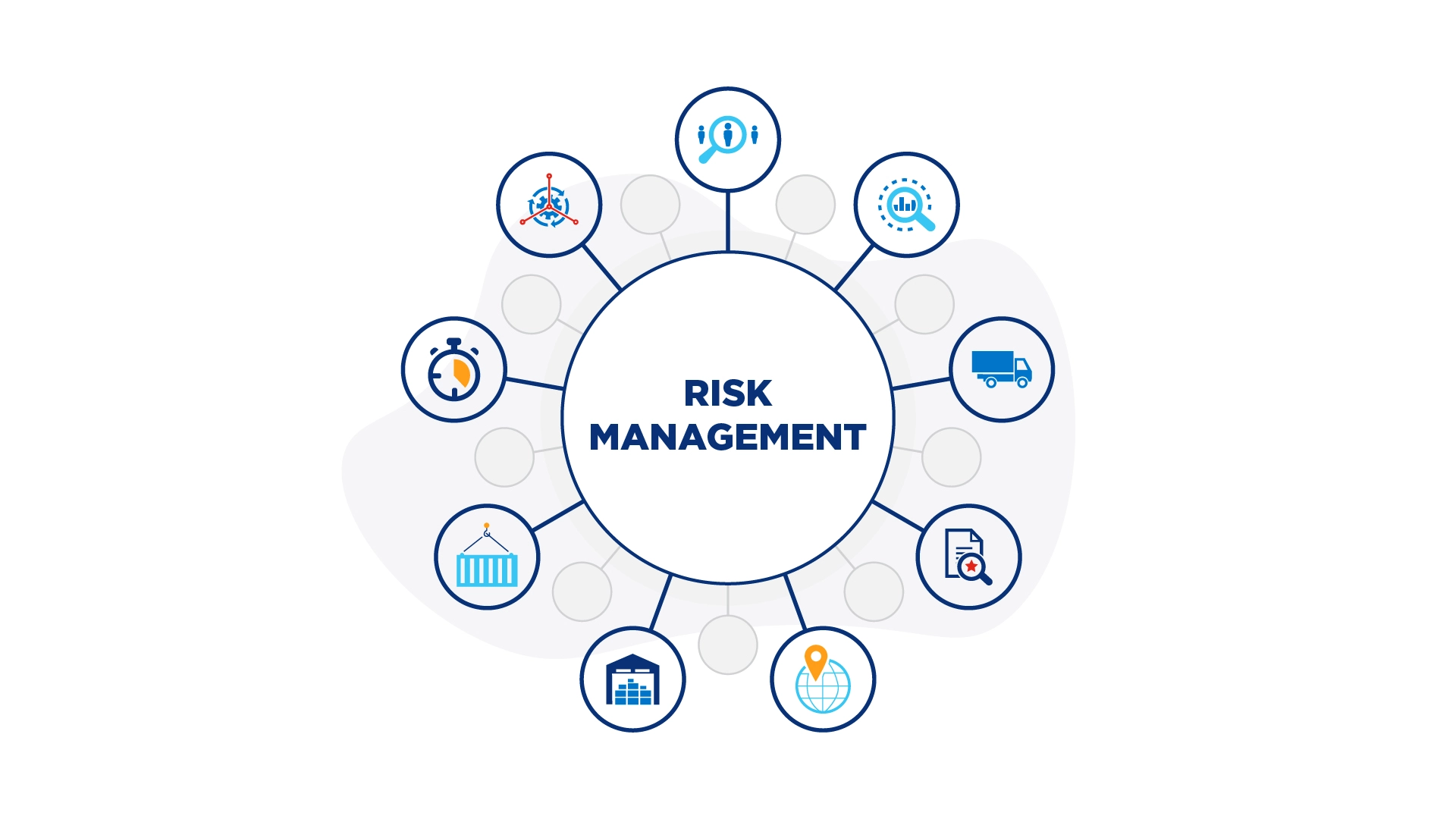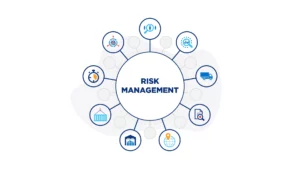The world of network security is in constant evolution, with new advancements shaping the landscape. As an IT manager, understanding these changes can help you stay ahead and optimise your network’s security and performance. One of the biggest game-changers in recent times has been the emergence of Secure Access Service Edge (SASE).
In this blog post, we’ll take a look at network security before and after SASE, explore how it continues to evolve, and make some predictions about the future of networks.
A Look at Pre-SASE Networks
Before the advent of SASE, network security was a different ball game. Businesses used a combination of different solutions for network management and security. Traditional WAN architectures, coupled with security appliances like firewalls and VPN concentrators, were the norm.
However, these networks were often complex and inflexible. They were limited in their capacity to handle increasing data traffic, varied application requirements, and the growing demand for cloud services. The result was networks that were not only challenging to manage but were also increasingly vulnerable to threats.
What Changed with SASE?
SASE came as a breath of fresh air in this scenario. It brought together network security and WAN capabilities in a single, cloud-native platform. SASE simplified the complexities of network security by integrating various functions like secure web gateways, firewall as a service, and zero-trust network access into one solution.
Not only did SASE reduce the complexity, but it also improved network performance by leveraging software-defined WAN (SD-WAN) capabilities for intelligent traffic routing. Moreover, its cloud-native nature made it more scalable and better equipped to secure remote workforces and cloud-based resources.
The Continued Evolution of Network Security
With SASE, network security has taken a significant step forward, but the evolution doesn’t stop there. The needs of businesses are continually changing, and network security needs to adapt.
For instance, we’re now seeing an increasing emphasis on artificial intelligence and machine learning for advanced threat detection and response. Similarly, the growing prominence of IoT devices is pushing the boundaries of network security, requiring solutions that can manage and secure these devices effectively.
Predictions for Future Networks
Looking ahead, we can expect future networks to be even more dynamic, flexible, and intelligent. Artificial intelligence will likely play a more prominent role, enabling more proactive and predictive security measures. We may also see greater integration of network security with other IT systems, creating a more holistic approach to IT security. While the specific technologies may evolve, the underlying philosophy of SASE is likely to persist, guiding the direction of future network security.
In the world of network security, change is the only constant. As IT managers, understanding the past, present, and future of network security is essential for staying ahead and ensuring optimal network performance and security. The emergence of SASE marks a significant milestone in this journey, and as we look ahead, it’s clear that this evolution is far from over. So, strap in and prepare for an exciting journey ahead in the world of network security.





